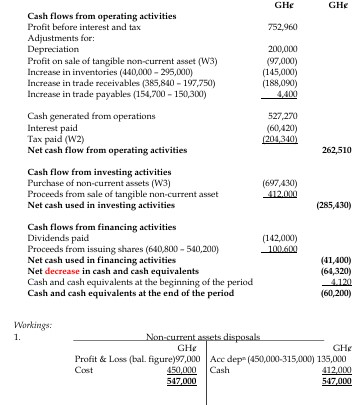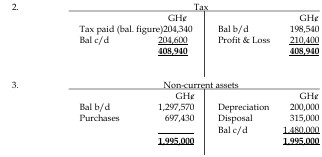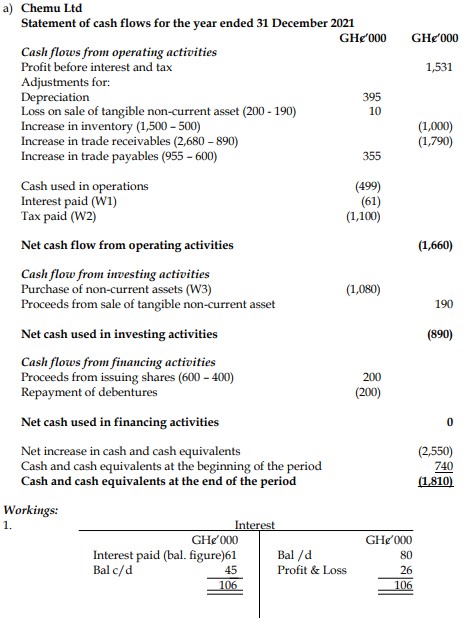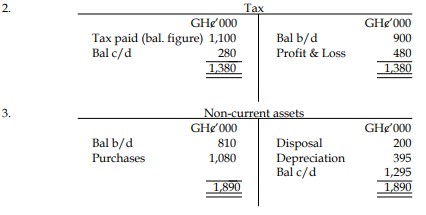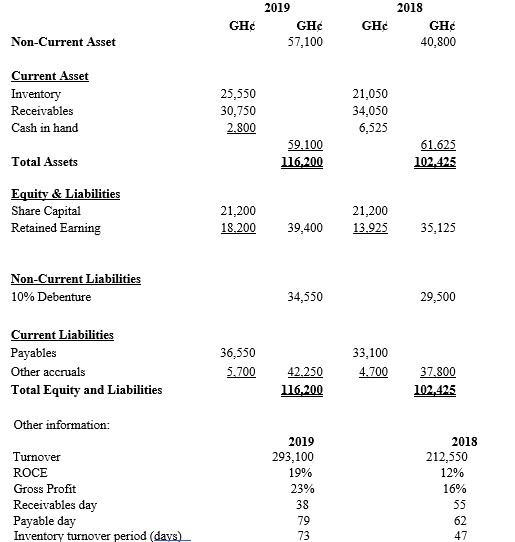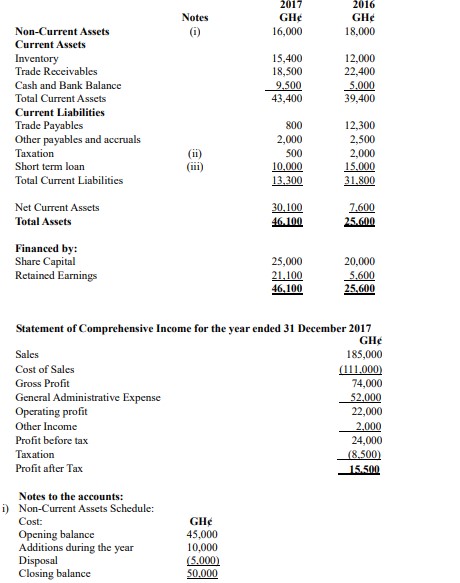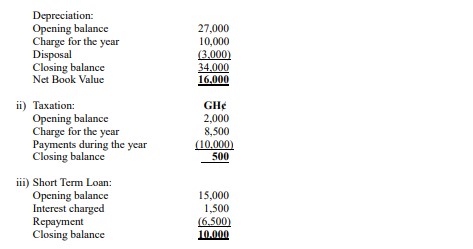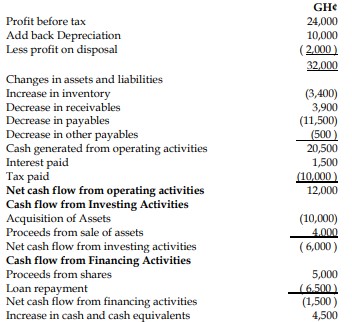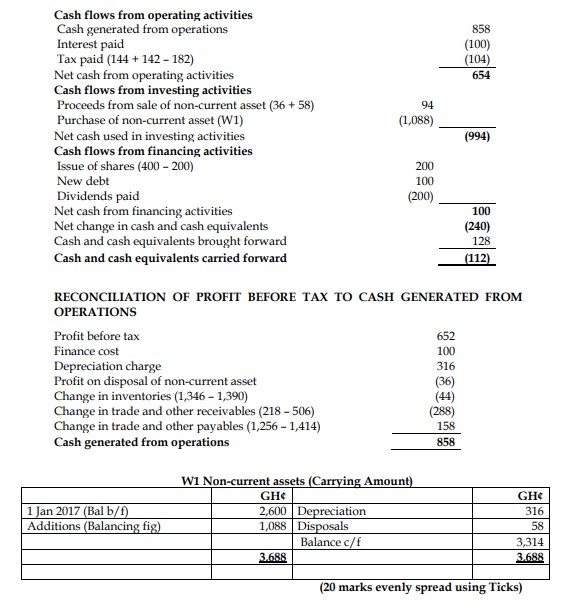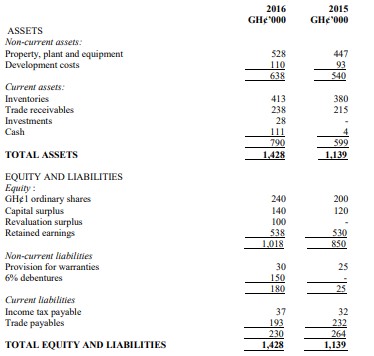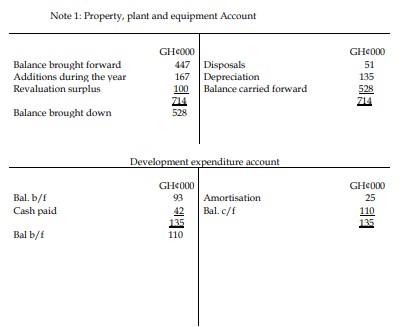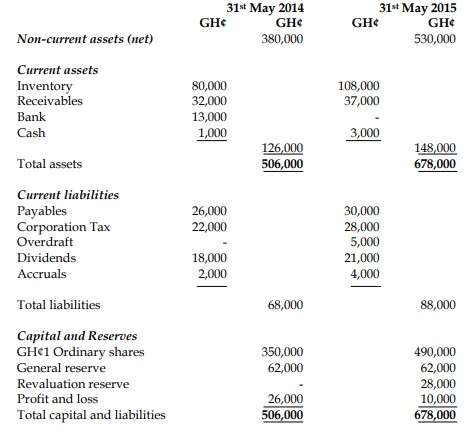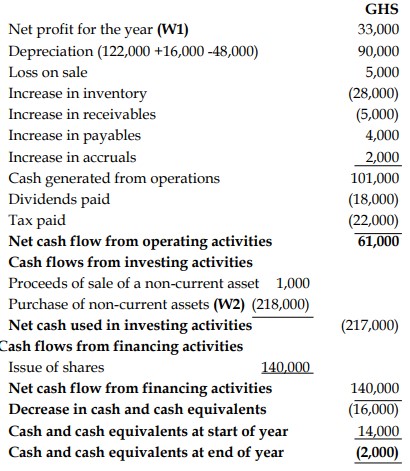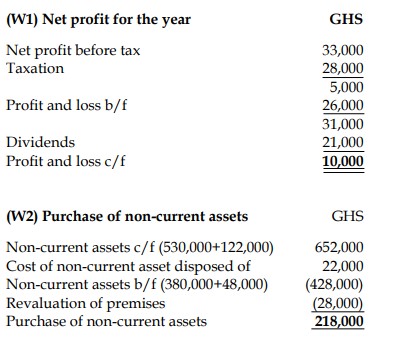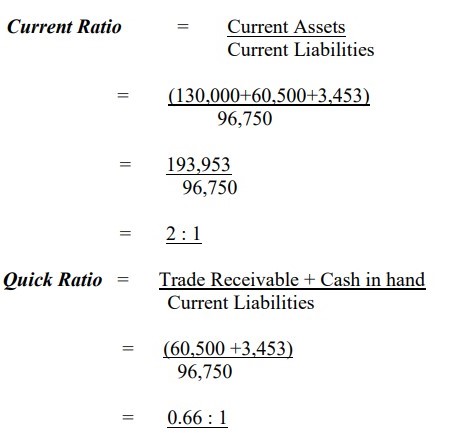- 4 Marks
Question
It is often argued that historical cash flow is more useful in appraising a company than historical profit, particularly because cash flows are factual and do not involve the exercise of judgment.
Required:
Explain FOUR arguments against this view. (4 marks)
Answer
Arguments against the view that historical cash flow is more useful than historical profit in appraising a company:
- Accrual-Based Accounting Provides a Fuller Picture:
Profit is calculated on an accrual basis, meaning it takes into account income and expenses when they are earned or incurred, not when cash is received or paid. This gives a better reflection of the company’s true performance during the period. Cash flow may exclude significant non-cash items like depreciation and provisions, which can be important indicators of long-term profitability. - Manipulation of Cash Flow:
Management can manipulate cash flows by delaying payments to suppliers or speeding up the collection of receivables. Such actions can improve short-term cash flows but do not reflect the underlying economic reality. Profit figures are less easily manipulated because they incorporate accruals, which smooth out timing differences in payments and receipts. - Non-Cash Expenses Matter:
Non-cash items such as depreciation, amortization, and impairment losses are included in profit calculations but are not reflected in cash flows. These expenses are vital for assessing the long-term sustainability of a company because they represent the allocation of costs over the life of an asset, and their omission can distort performance analysis. - Ability to Normalise for Exceptional Items:
In profit figures, exceptional or one-off items (e.g., restructuring costs or gains from asset sales) are often disclosed separately, allowing analysts to “normalise” the profit and better assess sustainable performance. Cash flow figures may not clearly identify these items, making it difficult to distinguish between recurring operational cash flows and one-off impacts.
- Tags: Accrual Accounting, Cash Flow, Company appraisal, Financial Analysis, Profit
- Level: Level 3
- Topic: IAS 7: Statement of cash flows
- Series: MAY 2018
- Uploader: Theophilus

